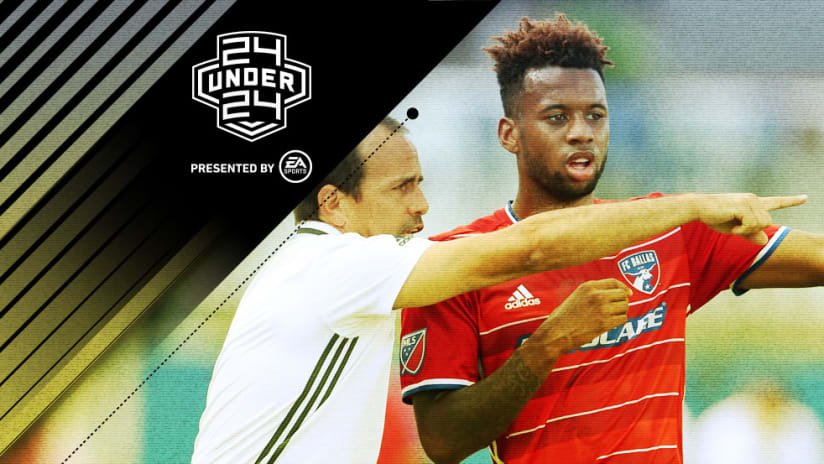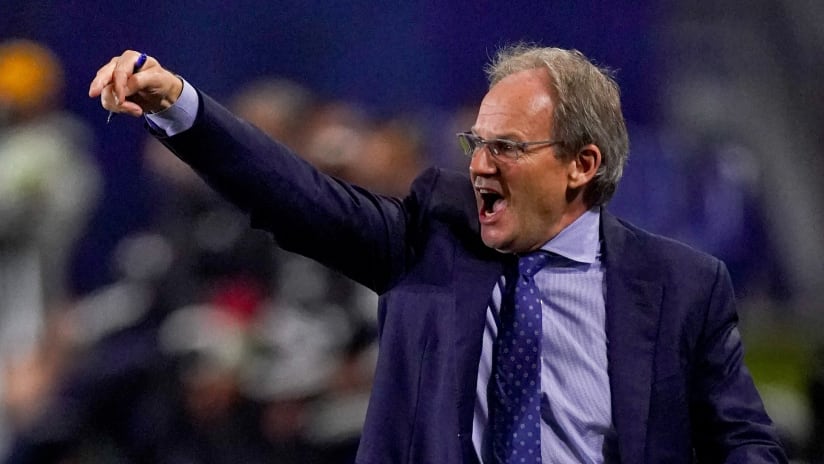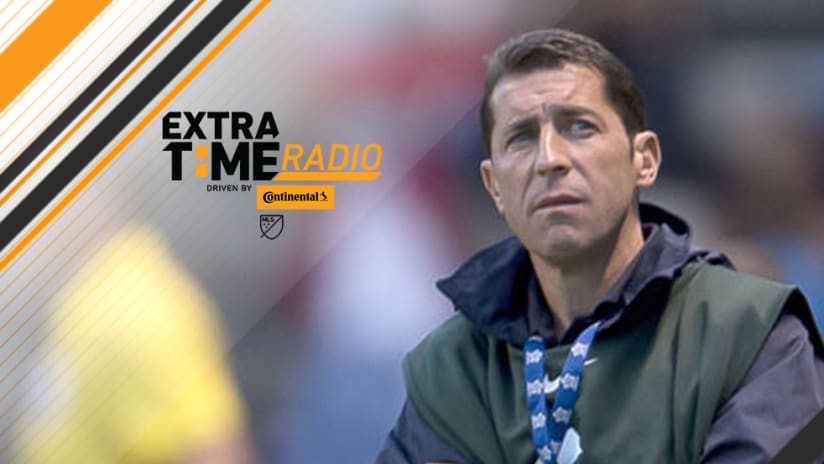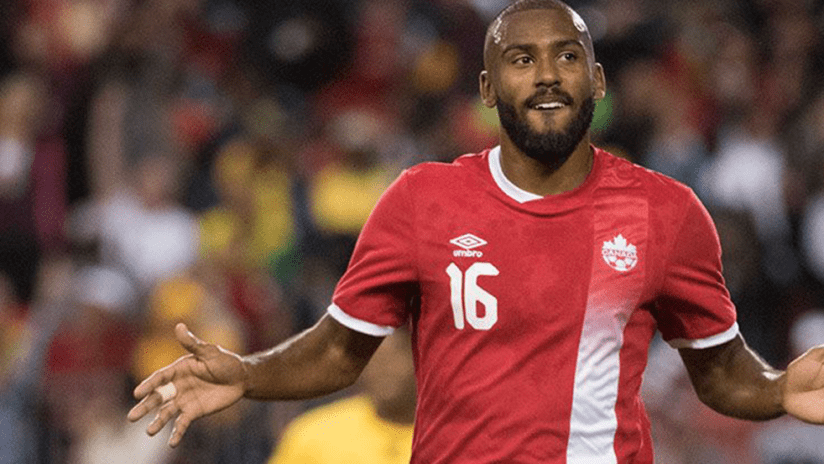Deep down, we’re all dreamers.
That 16-year-old No. 10 with the eye-popping academy stats and a youth national team pedigree? He’ll lead the United States at the 2022 World Cup, no doubt. That teenager piling up starts on an MLS backline? He’s the next Eddie Pope. That prospect who just inked a contract in Germany? It’s just a matter of time before he’s a Bundesliga starter.
Sound familiar? It should. Hope is always more alluring than reality, especially when it comes to youth development. But for every player who “makes it,” there are many more whose careers don’t pan out as planned – or never make it off the ground in the first place.
After years of watching the “next big thing” sashay into first-team training with high expectations and the world at his boots, I never get my hopes up on a young player until I have all of the information. I’ve written before about the paradox of success for young stars. Good performances at a young age don’t always translate into a long career or even necessarily suggest the ability to be a top pro. It’s far from a straight line.
So instead of simply watching the performances of a player – which always fluctuate, even for the best in the world – watch how he plays. The how gives you a better predictor of future growth and success. I try to keep an eye out for these four traits that suggest a talented young player has what it takes to grow into a successful, long-term professional.
A Burst of Pace
Let’s call this the Adnan Januzaj fallacy. Everyone got really excited about Januzaj when he pushed into the first team at Manchester United because of his skill on the ball. There was only one problem: He didn’t have the acceleration to get by players.
At the highest levels, defenders aren’t going to fall over at the first sign of a step over. Those fancy moves we love to watch on Youtube only create a split second of hesitation. When a defender hesitates, you must be able to create separation with an explosion of pace. If you can’t do that, then those fancy tricks don’t lead to tangible results. The skill gets you noticed, but the space leads to production.
Try to come up with a great modern No. 10 or winger that can’t separate from defenders over five yards. I can only think of one: Juan Mata. Conversely, when Ronaldinho and Wayne Rooney, for example, lost that burst, they were never the same player. They had the same skill and the same savvy, but once you lose the step, the ability to dominate usually goes with it.
It’s not enough for young players to show skill and flair. It also takes a physical component that you either have or will expose you when you reach the professional level. We may be stoked when we see a young attacker who is confident and skilled on the ball, but if they lack burst, it may be time to consider a move to defensive mid or outside back.
Comfort on the Ball
There’s a great line in Moneyball about Billy Beane’s approach to drafting baseball players. He says scouts get so caught up in analyzing a player’s “tools” that they never consider whether the kid can actually hit a baseball.
We do the same thing in soccer. We’re so enamored by pace or dribbling ability or a sledge-hammer shot that we forget about the big picture. We automatically assume that if a player is “skilled,” he’s comfortable on the ball. That’s not always the case. Most of a player’s actions in a game are mundane, and most of the instances you touch the ball are routine. What matters is that those repetitive moments are near autonomous.
Does a player trust their first touch so they can survey the field while the ball is on the way? Can they manipulate the ball with that first touch so that the second is natural and comes in rhythm? Can they make a clean pass over 10 yards on the ground with the proper spin? Can you do all that under pressure from defenders while accounting for the whereabouts of 21 other players?
When Kellyn Acosta trained with the FC Dallas first team as a 16-year-old, you could tell he had something special. He would rarely dazzle with a single move, but he did everything well. Some academy players could come up for a day and impress, but they would usually fall flat after a few sessions. Kellyn could consistently outplay seasoned pros because he felt comfortable with the ball in any situation.
Like Acosta, Philadelphia Union rookie Keegan Rosenberry (below) seems confident and comfortable on the ball. He never looks like he’s having a lucky game or playing above his ability. His performances are natural and simple. At some point, young players run out of tricks, lose confidence or see the opponent’s take away their strength. When that happens, can they rely on their comfort on the ball?
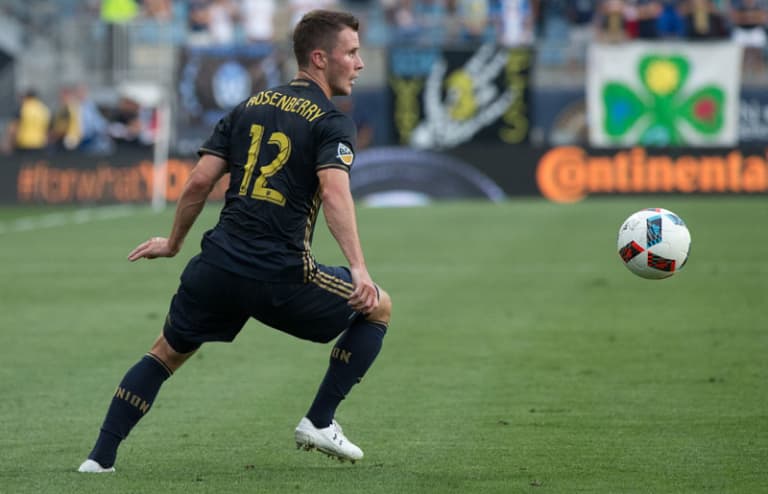
Competitive Nature
Talent matters, but most soccer games aren’t 90 minutes of artistry. Talent often gets throttled by competitive drive. We give young players a pass for drifting through games and waiting on the outskirts for a chance to make a play, but the best players crave difficult situations. They don’t get uncomfortable when things get physical and the game better resembles a medieval battle than graceful waltz. They relish those moments and expect to come out on top.
In my experience, that personality trait isn’t one you develop as a professional. It’s part of who you are and a big reason why you’re in the position to make money playing a game.
You can tell when a someone cares deeply about winning and will sacrifice for that feeling. We all have that friend who takes things a little too seriously, only they aren’t professional athletes with an obvious outlet for that drive. To be a long-term pro, you need to be consumed – or at least close to it – with the desire to compete and win every single day.
I won’t lie, it’s a grind. It’s mentally challenging to maintain the will necessary to prove yourself day after day. You might be able to get by without that mentality in the world of youth soccer, but in the pros you must be able to match or exceed the determination of grown men fighting to put food on the table or you won’t last long.
A Drive to Learn
Teenagers think they have it figured out, but very few of them have all of the skills needed to be a successful, long-term professional.
When I was in Dallas, there were a handful of young stars in the process of pushing their way into the first team. The least acclaimed of all of them was Victor Ulloa (below), but every veteran on the roster knew Victor (pictured below) would rise above the rest at some point and enjoy the longest career. He always wanted to stay late, soak up new information and get better. He kept grinding and improving until he got his chance.
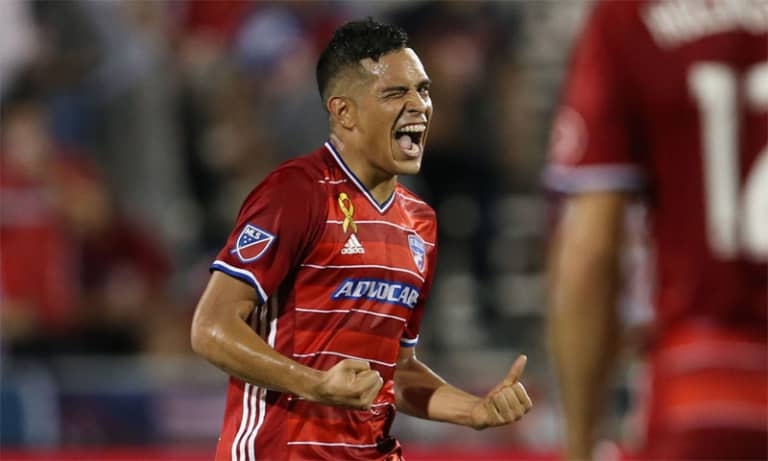
That’s not to say Victor lacked confidence. Far from it, in fact. He never shied away from a situation. He always thought he belonged. Some young players – I was one of them – get so caught up in learning, keeping their head down and being a good rookie that they lose their swagger. A young player should be a sponge without forgetting that he has what it takes to succeed. In New York, Sean Davis seems to strike the right balance between curiosity and confidence.
So that’s what it takes, except when it doesn’t. Therein lies the rub and the reason why youth development can be so frustrating.
Even for those who have the talent and the intangibles to make a career out of this game, the path to the top runs through a boulevard of broken dreams. Injuries, the wrong coach, a signing that pushes you down the depth chart or a single moment of disappointment can change the trajectory of a young player’s career forever.
But as we navigate the wilderness of player development, it’s important to remember there are a few guiding lights leading players toward the promised land. They may not make the highlight reels, but we owe it to ourselves to keep our eyes open and appreciate both what we can see and what goes on behind the scenes.

